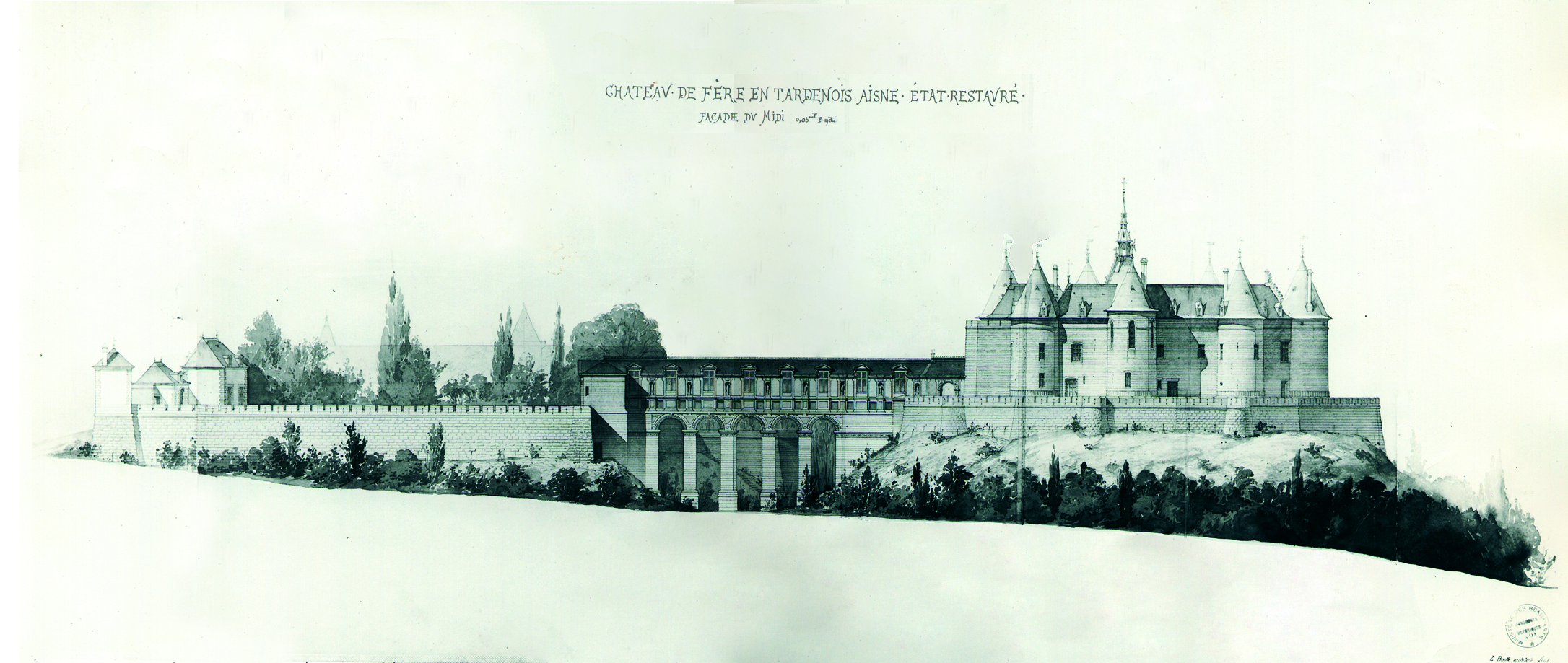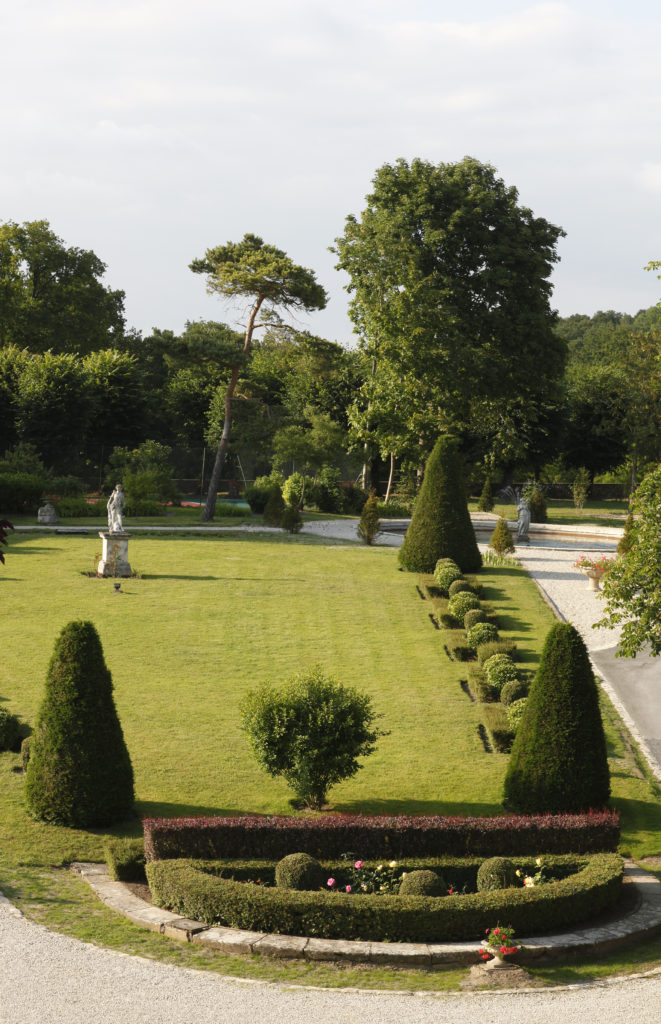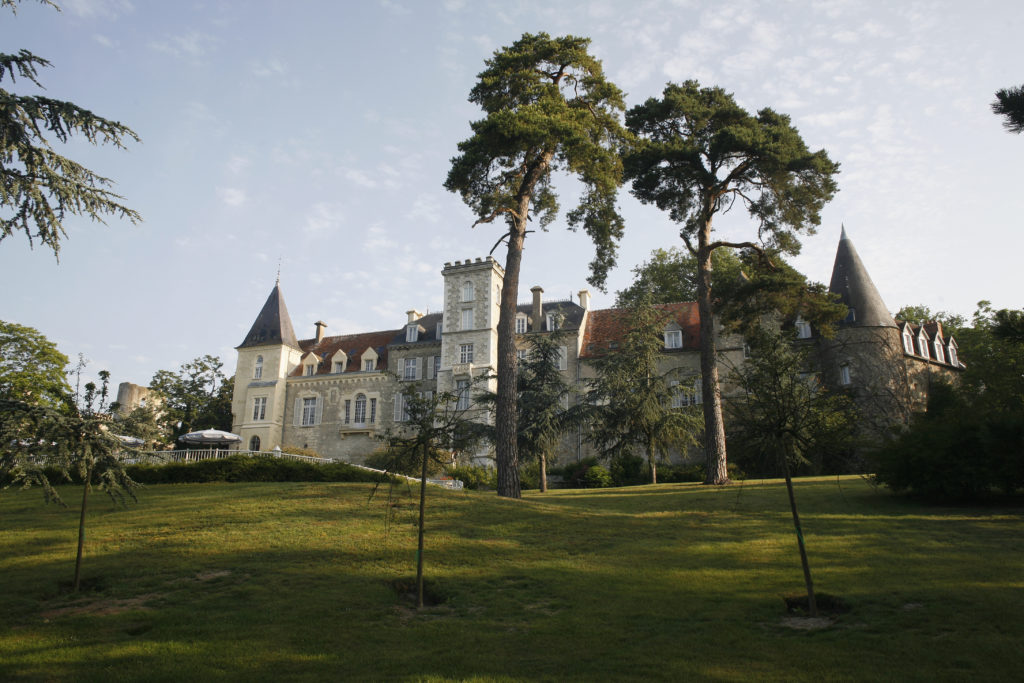

HISTORY OF THE CASTLE
Immerse yourself in the history of Château de Fère, where the historic Castle Hotel near Paris will be revealed throughout your stay.

A FAIRYTALE SETTING
Château de Fère was built between 1206 and 1260 as a fortified castle by Robert de Dreux, grandson of Louis VI, King of France. Little is known about it other than that it belonged to the Valois-Orléans-Angouleme royal family from 1328 to 1528, when it was given by Louise de Savoie, mother of François I, to Anne de Montmorency, Governor General of France and Chancellor to six kings, from Louis XII to Charles IX.
A warrior, diplomat, minister and lover of the arts, Montmorency was the most powerful man in France after the king. He owned six hundred feudal estates, one hundred and thirty châteaux and baronies, four mansions in Paris and many other properties. Thanks to his five sons and seven daughters, all married into the highest families in the land, he was able to keep his finger on the pulse of the nation.
CONSTRUCTION OF THE CASTLE
The builder of exquisite châteaux at Chantilly and Ecouen, he set about creating a place to relax in the countryside at Fère-en-Tardenois, and ordered the construction of the monumental bridge over the moat that still stands in the château garden.
The castle passed to the son of the great Constable Montmorency and then to his grandson Henri II, whose plot to overthrow Richelieu caused him to lose his head in Toulouse in 1632, along with the confiscation of Fère-en-Tardenois.

Louis XIII returned the château to Henri’s daughter, Charlotte Montmorency (Henri IV had once loved her so passionately that he almost fought the King of Spain to get her back when, on her wedding night, she fled to Belgium with her husband, the Prince de Condé, to avoid the King’s advances).

LOUIS-PHILIPPE D’ORLÉANS
The château was eventually inherited by Philippe Egalité. He was so anxious to win the approval of the republicans that he ordered the partial demolition of his own château de Fere. The degradation of the Valois-Orléans-Angoulême and Montmorency crests at the entrance to the bridge was perpetrated with his authorisation, but the inaccessibility of these same crests on the pillars below allows us to appreciate their beautiful imprint today.
To pursue his political ambitions, Philip sold off the castle’s furniture and fittings. Those that remained were put up for public auction by his creditors in 1793.
THE GALLERY BRIDGE
The bridge was designed by the famous Jean Bullant (Musée Carnavalet), architect of the residences and tombs of Henri II and Catherine de Médicis.
It rests on five huge arches supported by rectangular stilts. A double gallery, part of the second floor of which has been demolished, rises above it. The embellishments to the gallery and portico are attributed to Jean Goujon, a sculptor and architect renowned for his bas-reliefs and his decoration of the Louvre Museum.


THE HOTEL
In 1863, the current château, formerly a wing of the royal chateau, was restored as a modern chateau. Converted into a hotel in 1956, it now offers a wide range of gastronomic specialities.





